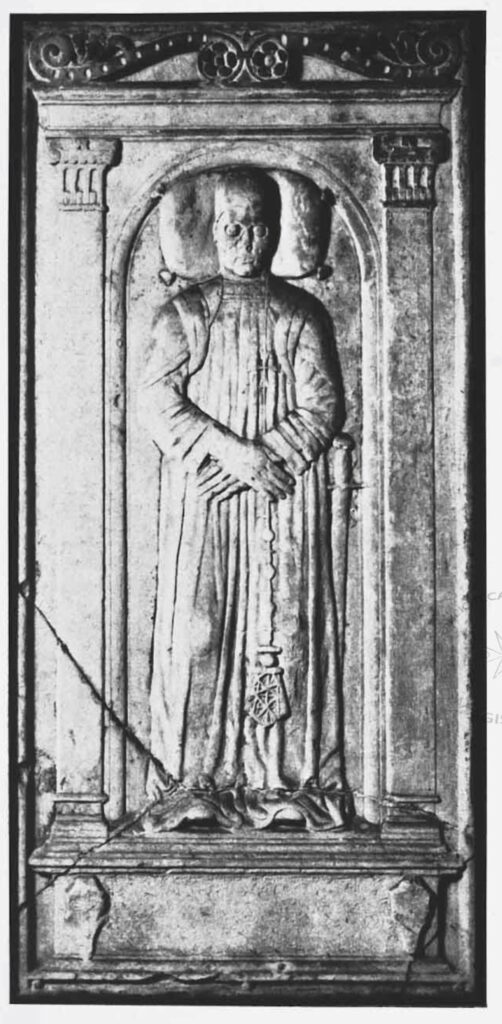The Liturgical Arts Journal has an article about a piece of insignia unique to the solemnly professed Knights of Justice of the Sovereign Military Order of St John of Jerusalem, of Rhodes and of Malta, the ‘Stola’.
The Stola is a series of emblems of the Passion laced together and hanging from the neck over the left arm. As its name indicates it has similarities to a clerical stole, and, as the article says, a maniple. In a sense it is also analagous to the themes in the Sorrowful Mysteries of the Rosary or to those of the Stations of the Cross.
I am used to seeing Knights wearing the Stola when sitting in Choir at Masses and Vespers at the Oxford Oratory and indeed in 2013 I attended the Solemn Profession of Fra’ Julian Chadwick there a few years ago. There is an account of that ceremony at Ancient ceremony welcomes new Knight of Justice
The article, which was written by J.P.Sonnen, reproduces material and illustrations from the English Grand Priory. His account can be read at The 'Stola' of the Sovereign Military Order of Malta
No date is given in it for the origin of this very distinctive badge of the Order. Looking a little further online I discovered The «stola» of the Order of Saint John
This says that the earliest depiction of the Stola - which is shown in a simpler form than it is today - is on a monument in Venice to a Prior of Venice who died in 1490.

The grave slab of Fra’ Bertucci Contarini from 1490 in the Priory church of St John the Baptist in Venice
Image: comendadoresdemalta.org
The 1585 Statutes of the Order illustrate the Stola but appear to indicate it was worn at the back rather than over the left arm as today.
For late medieval England there appears to be no visual evidence of its use. The figure of Sir John Langstrother in the well-known illustration of the executions after the battle of Tewkesbury in 1471 from The Historie of the arrivall of Edward IV does accurately depict him in the black mantle with a white cross of the Order but with nothing to specifically indicate a Stola.
The photographs I found on the internet of the effigy of Sir Thomas Tresham, the Grand Prior of England appointed on the Marian revival of the Order in 1557, and who died in March 1559, in the church at Rushton in Northamptonshire were not clear as to whether he is wearing a Stola. The best I could find shows him in the vesture of the Grand Prior and does not appear to show him wearing one. If he is meant to be it may be concealed by his robes or be at his back. There is an account of his life together with that particular picture of the effigy at *Northamptonshire Battlefields Society Lockdown History Specials - Thomas Tresham II.*


No comments:
Post a Comment